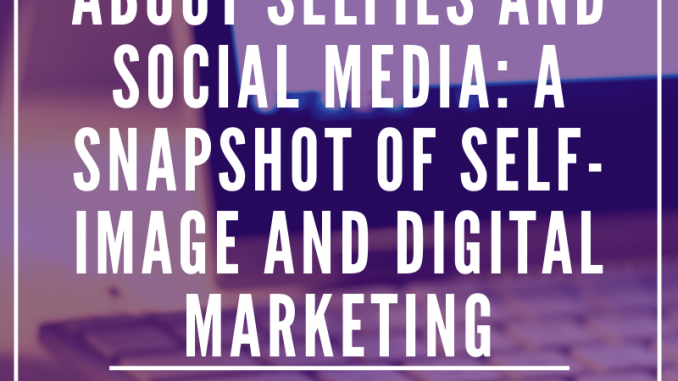
I hate selfies. I can’t remember when it became a word or a “thing.” But it’s a part of digital marketing I’ve been resistant to participating in. It’s also one of the reasons why Instagram is my least favorite platform for business.
Maybe it’s because I’ve been writing since I was around 9 years old. My innate way to connect with people is with words, which is why I gravitate to LinkedIn. One of the major benefits of the platform is the ability to foster relationships through conversations, which according to a recent LinkedIn business report has increased by 55% since 2020.
Don’t get me wrong: visual images have a place in personal branding. And I love having a good face day like the next person. But aside from checking my hair and makeup (or confirming the salad I scarfed down before a Zoom call is still not evident in my teeth), my selfies are usually for fun, not branding.
Have I posted a selfie on social media before? Yes, of course, from time to time. I’m not saying they should be banned (what kind of person do you think I am!?). But, still, you can’t ignore the influx of happy-go-lucky, perfectly posed, highly filtered selfies on social media.
Aside from the initial flash of comparisonitis it brings, it also brings into question who is keeping it real and who is faking it for attention. Some people spend more time than others selectively showcasing themselves because it’s easier to get “likes” and validation than sharing content that may be rejected (whether via a lack of “likes” or disagreement).
Some may think that constantly showing confidence or happiness on social media is even a part of “personal branding.” But is that the key to landing more clients and media?
A study in the Journal of Research in Personality by Washington State University psychologists looked into the reaction of people who frequently posted selfies, or “self-image,” posts on Instagram. Interestingly enough, they came to the conclusion that the “consensus was largely negative for targets who posted more selfies.”
So the short answer (and balloon pop moment) is that superficial validation is simply…superficial.
Your audience will make their own assumptions regardless of how perfect you, or your life, looks “on screen.” Because it’s about building your credibility. And this is something you do with your words and actions over time—on an ongoing basis.
This is the core principle of the framework I teach in my Lucrative LinkedIn program because it’s what helps me land clients, speaking engagements, and get featured on websites like Business Insider, Forbes, and Money.
You see, you can’t Photoshop the perfect version of yourself in real life. The real work is what lays a more solid foundation for progress and business growth.
Sure, it’s not as appealing…
But it’s a process that keeps you in the game longer and opens up more opportunities. Because the truth isn’t always polished. And people who buy want the truth when it comes to what you teach (not fluff that won’t help them see results).
You see, taking selfies are easy; showing what makes you an expert in a mega fish tank of experts is not. So being confident in who you are, today, removes the need to have total strangers validate your expertise. And then there’s no need for filters or illusions.
When it comes to being an authority in your industry, your audience will value more solutions than selfies.
Spend more time focusing on making it evident what makes you a credible expert so that perfectly crafted aesthetics become less significant.
The post About Selfies and Social Media: A Snapshot of Self-Image and Digital Marketing appeared first on Mari Brands For You.

Leave a Reply